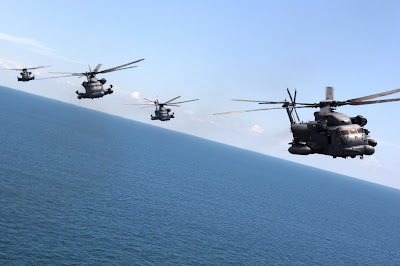Pindad Luncurkan Produk Senjata Baru
9 Februari 2010

Pindad Gandeng Krakatau Steel Produksi Senjata
Jakarta (ANTARA News) - PT Pindad menggandeng PT Krakatau Steel untuk pemenuhan bahan baku laras senapan serbu (SS) TNI berbagai varian, kata Direktur Sistem Senjata PT Pindad Slamet Irianto di Depok, Senin.
"Selama ini, bahan baku untuk laras, kita impor dari Jerman, Italia dan beberapa negara lainnya," katanya menjawab ANTARA di sela lomba tembak Piala Kasad 2010 di Markas Divisi Infanteri-1 Kostrad, Cilodong, Depok, Jawa Barat.
Ia mengemukakan, penjajakan kerjasama dengan PT KS telah berlangsung empat bulan terutama untuk memastikan materi nyata, fisik, dimensi dan lainnya agar sesuai dengan spesifikasi teknis yang dibutuhkan TNI.
Selama ini, lanjut Slamet, pihaknya memproduksi senapan serbu dengan jangkauan efektif 300 meter, sesuai kebutuhan TNI. "Jadi, kita harus selaraskan lagi dengan yang bahan baku yang PT KS, apakah mendukung untuk itu atau tidak," katanya.
Slamet mengatakan, saat ini PT Pindad memiliki kapasitas produksi 14.000 pucuk senjata per tahun. Namun, daya serap TNI hanya 10.000 per tahun.
"Kita tidak dapat memasok kepada TNI begitu saja, karena semua tergantung anggaran yang tersedia. Jadi, kita baru adakan setelah ada permintaan sekian banyak atau dalam jumlah tertentu," katanya.
Slamet menambahkan, selain memasok kebutuhan militer dalam negeri, PT Pindad juga mengimpor senjata seperti senapa serbu SS-1 dan SS-2 berbagai varian ke Malaysia, Singapura dan Filipina.
Dalam lomba tembak Piala Kasad 2010 itu, PT Pindad menampilkan sejumlah senjata dan amunisi produksinya seperti pistol G-2 Elite, G-2 Combat, P2-V2, SS-1 dan SS-2 berbagai varian, senapan runduk SPR1, SPR2 dan SPR3 dan lainnya.
Dalam kegiatan itu, sejumlah pejabat tinggi TNI Angkatan Darat dan wartawan diperkenankan melakukan tembakan uji coba produk-produk senjata tersebut.
(Antara)
Source: Defense Studies

















































